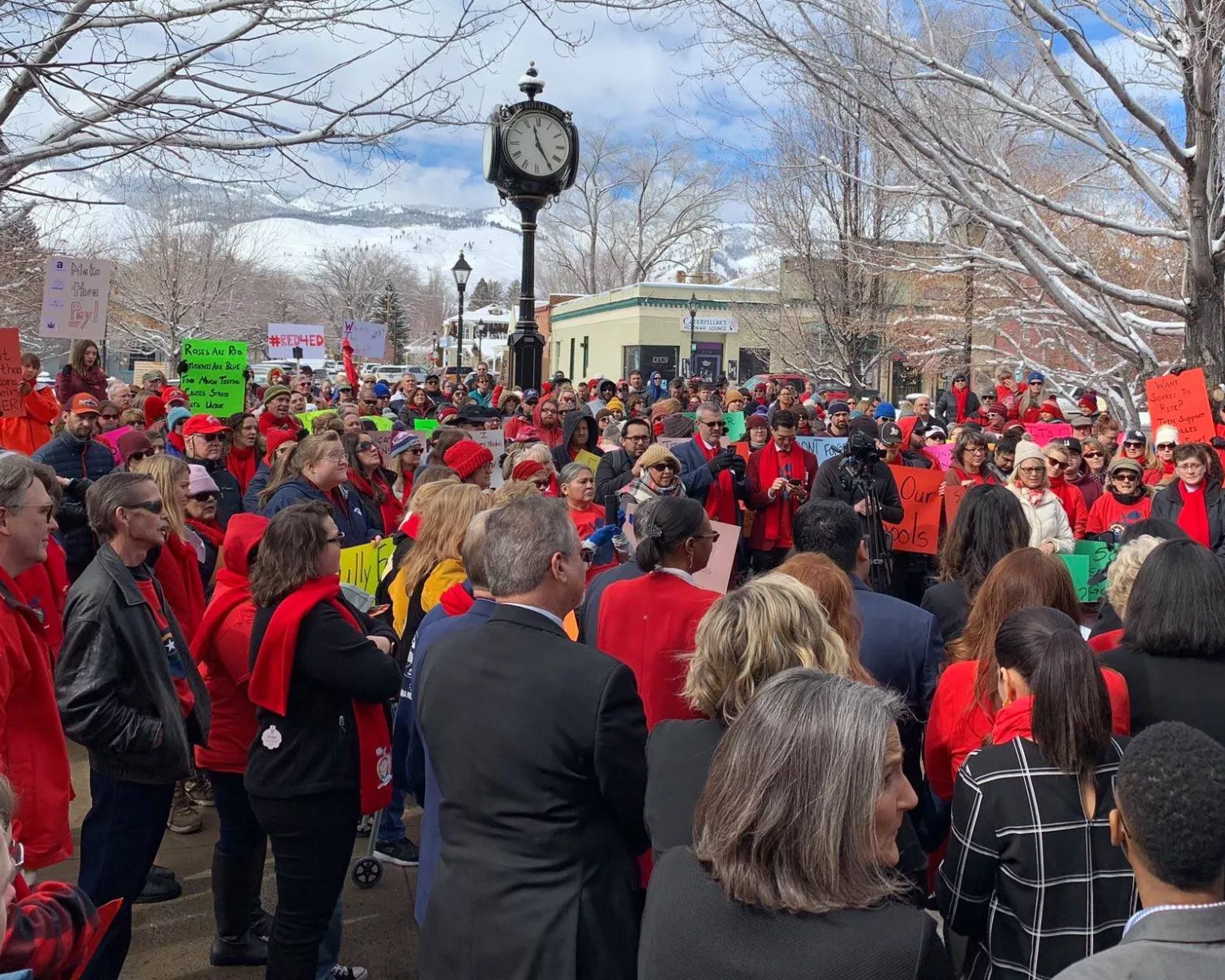NSEA believes in the principles of restorative justice, which proactively build healthy relationships and a sense of community to prevent and address conflict and wrongdoing. While Assembly Bill 168 touches on restorative justice, requiring a plan of action before a student is suspended or expelled,
NSEA would like to see a more robust and resourced restorative discipline process for our school sites and classrooms. Meanwhile, NSEA takes a strong stance for the safety of educators and advocates that any physical assault resulting in an injury to an educator be given highest priority and not be treated the same as lower-level offenses.
Over the years, NSEA has been engaged in improving the process for student disciplinary practice. We were involved in the efforts to create the progressive discipline system, and now appreciate integration of restorative justice principles. NSEA believes students should have the opportunity to take responsibility for their behavior and address wrongs that have been committed. NSEA also believes this bill would help to eliminate unnecessary punitive suspensions for minor offenses.
Unfortunately, there has been an increase in violence against educators in Nevada and across the United States. In 2016, 6% of teachers reported being physically attacked by a student from their school in the previous year. NSEA and our local affiliates have received numerous reports this year of assaulted educators with bruises, broken bones not to mention the emotional toll. We believe that a strong restorative discipline system would reduce incidents where educators sustain injuries. However, this system needs to be proactive, implemented district-wide, and will require much greater attention and significant new resources that are not reflected in AB168. Without this level of implementation, we fear that moving away from the no-tolerance policies could result in even less safety. Reduction of suspensions and expulsions is a laudable goal, but not at the expense of safety for violent offenses.
Every day, educators make students feel welcome in the classroom and at school sites. Many utilize learning circles, conflict resolution, and mediation to deal with challenges and resolve conflict. However, this work is often independent of broader school culture.
It is necessary for there to be proactive district and school-wide plans to implement restorative practice that is seamlessly integrated into the classroom, curriculum and culture of the school. This also means providing needed trainings to foster an environment where restorative discipline systems can be successful.
Restorative practices should extend throughout the school site and should engage all staff to create and maintain a safe physical space, a supportive school climate, an engaging academic environment, and healthy relationships between students, peers, and staff.
Downloads
What's On Your Mind?
